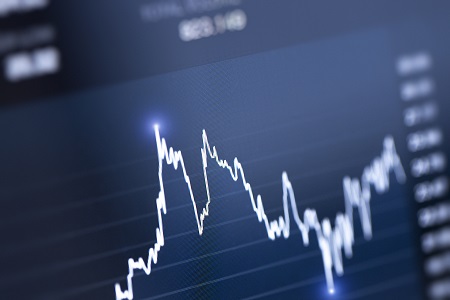"GDP growth is now tracking at well under three per cent and it will be no surprise to many Australian businesses operating in the real world that it has been below-trend for much of 2014," Ai Group CE Innes Willox said.
"In the three months to the end of September, net of exports, we are going backwards, with domestic final demand down by 0.3 per cent in Q3. Incomes are falling in aggregate, and on a per capita basis."
Implications for Federal Budget
Willox said: "The implications for the Federal Budget are also serious. Nominal GDP and corporate profits are falling, which means the tax revenue holes are widening significantly.
"We expect to see some dire downward revisions to this year's Government revenue expectations in the Government's soon-to-be-released Mid-year Economic and Fiscal Outlook.
"The Parliament needs to put the economy before politics by getting it back on track and addressing our longer-term budgetary vulnerabilities."
Weaknesses in economy
Willox said although the fall in national income shown in the GDP numbers was due primarily to the fall in terms of trade, it also reflected serious weaknesses in the domestic economy.
"Across our industries, the sources of growth are narrowing even further, with our largest industries – mining (+9.5 per cent p.a.), financial and insurance services (+6.1 per cent p.a.) and construction (+2.2 per cent p.a.) – again the biggest contributors to total growth.
"But other sectors are generally showing weak growth at best, or further contraction.
"On these numbers, unemployment is rising and it will rise further through 2015.
"A further concern for business in today's numbers, especially after some promising improvements in 2013, is the deterioration in productivity indicators.
"In the third quarter, gross value added per hour worked in the market sector fell by 0.2 per cent q/q, while real unit labour costs in the non-farm economy increased by 0.8 per cent q/q.
"This reverses a much-needed improvement in national productivity … (and) will further erode business competitiveness and must be addressed."
Low Aussie dollar 'silver lining'
AMP Capital Investors chief economist Shane Oliver said, despite the doom and gloom, the lower Aussie dollar could help boost trade-exposed sectors like manufacturing, along with agriculture and mining companies.
"The lower Aussie dollar is a silver lining in all of this," he said.
Treasurer Joe Hockey concurred the lower Aussie dollar would help to boost future growth.
"We are seeing strong export growth, and the hardest part of the last few months has been that the Australian dollar has remained stubbornly high … normally that is available to cushion a significant fall in terms of trade," he said.


-160x160-state_article-rel-cat.png)















